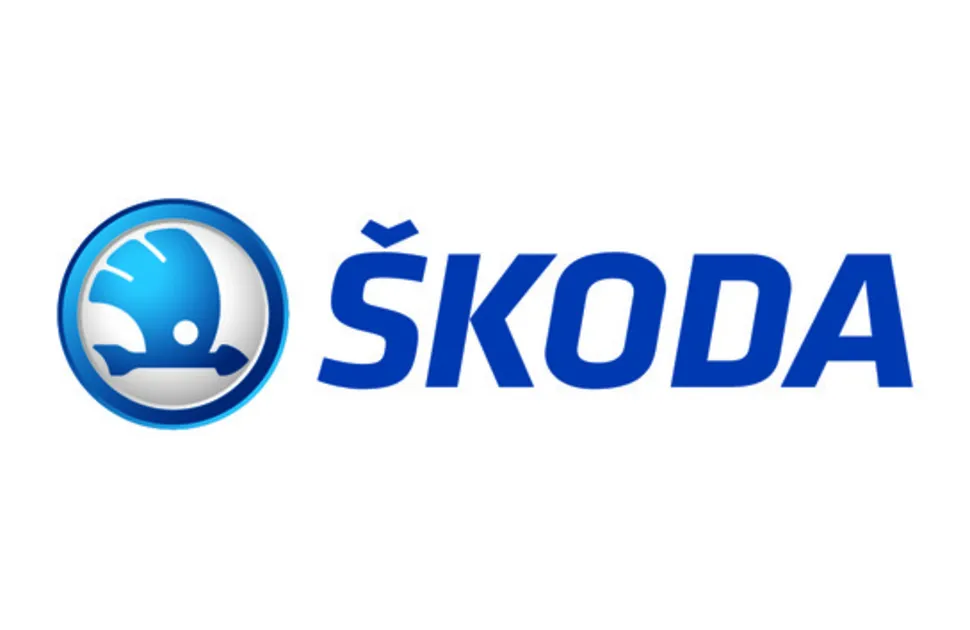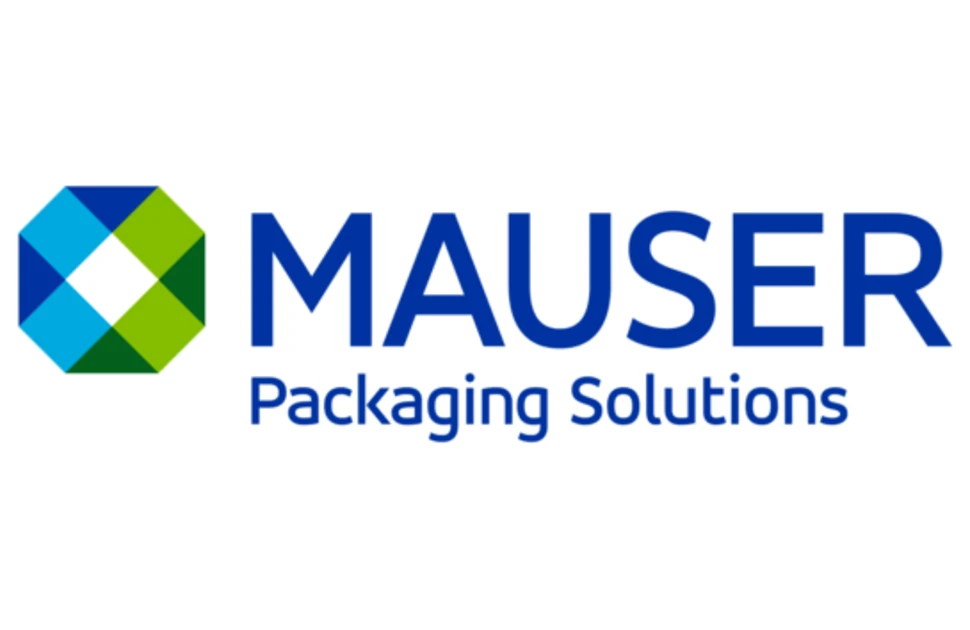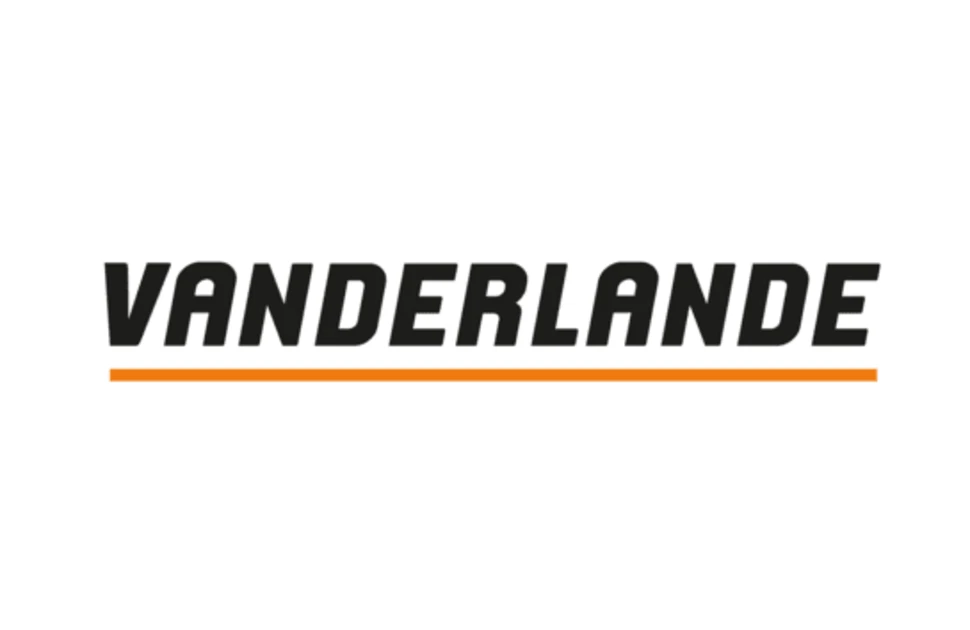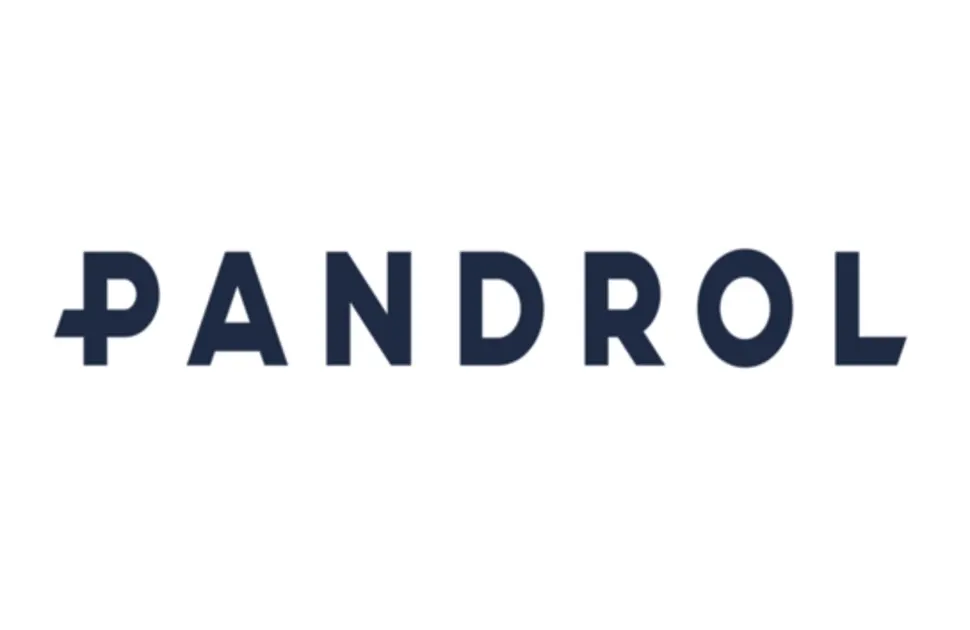Slowdown spoils Central Europe’s taste for green steel
Central European market participants have expressed doubts about the feasibility of transitioning to green steel alternatives, amid the current weak trading environment.
Data from Global Energy Monitor’s latest Global Steel Plant Tracker shows that almost 12 million tonnes of new Central European production capacity – either announced or under construction – is scheduled to come on line in the next five years. If realised, the entirety of this additional output will be produced by new electric arc furnaces (EAF).
However, MEPS’s Central European research partners explained that there was little appetite to pay a price premium for material with lower embedded emissions, produced via the EAF route.
Central European demand for more environmentally friendly steel lags behind that of the Nordic and western parts of the continent, they say. Few stockholders or end-users in the region are making enquiries about such products.
Reasons for reluctance
MEPS research shows that buyers are reluctant to consider green alternatives for a number of reasons. Reduced demand and an uncertain economic outlook are just two.
With the exception of the defence and energy segments, steel consumption has been weaker than anticipated throughout 2024. The energy and military sectors are among the few sectors offering stable demand and there is little prospect of a wider market recovery in the coming months. Russia’s invasion of Ukraine continues to have a significant impact on the region. Opinions are divided, among MEPS respondents, over whether there will be an end to the conflict any time soon.
- This article draws on research conducted among steel market participants for MEPS's International Steel Review. The monthly publication includes steel prices, price indices, market commentaries and 12-month steel price forecasts from 13 countries in three continents. Contact MEPS for subscription details.
Economic conditions are another consideration. Some Central European countries have been reluctant to lower interest rates too quickly, as they continue to strive to control inflation. The National Bank of Poland held its benchmark interest rate steady at 5.75% for the 12th consecutive meeting in November. Even if interest rates are cut, any uptick in steel-consuming industry triggered by the reduced cost of borrowing will take time to filter through.
Financial liquidity has become a key consideration for Central European companies. Faced with reduced credit limits, many will be keen to keep the value of their inventories to a minimum.
Some steel-consuming businesses in Central Europe report that they face a “fight for survival” in the coming months. Consequently, the prospect of increased expenditure on green steel lacks appeal.
Green steel: moving into the mainstream
Despite this scepticism, some Central European companies are already positioning themselves to take advantage of opportunities arising from decarbonisation. Those that are, acknowledge that green steel will become the norm as European steel production is decarbonised.
Furthermore, additional costs will soon be applied based on the emissions generated in the steel production process. This will benefit steelmakers that have invested in making the transition to lower emission methods such as EAF and DRI and could level the playing field with traditional, less environmentally friendly, producers.
From January 2026, the free carbon allowances currently issued to European steelmakers under the European Commission’s Emissions Trading Scheme (ETS) will be phased out, forcing domestic producers to cover a greater proportion of the CO2 emissions they produce. Furthermore, the Carbon Border Adjustment Mechanism (CBAM), meanwhile, will apply tariffs to goods brought into the bloc, with rates directly proportional to the material’s embedded emissions.
Ultimately, the introduction of European legislation that mandates the use of low-emission steel in public infrastructure projects and key steel-consuming sectors will drive green steel demand. Until that time, the rate of adoption is likely to be slower in Central Europe than in northern and western parts of the continent, however.
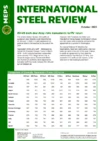
Source:
International Steel Review
The MEPS International Steel Review is an essential monthly publication, offering professional analysis and insight into carbon steel prices around the world.
Go to productRequest a free publication
